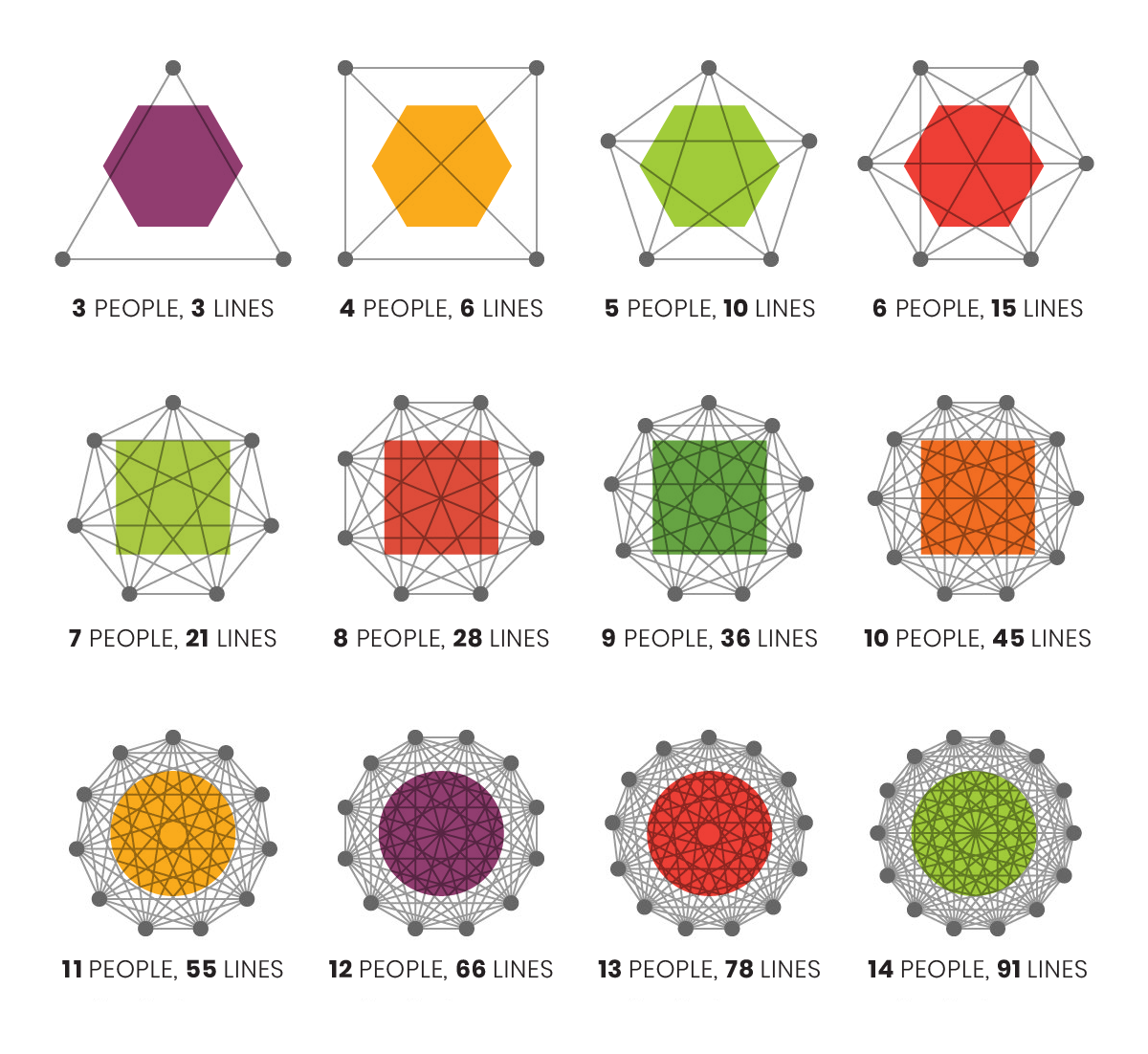Email Marketing
Will Your Email Team Make More Mistakes as it Grows?

Email Marketing

Picture this. Your company is growing, and you have hiring needs. So, you build an all-star team to deliver exceptional results through email marketing.
You’ve got developers, designers, copywriters, strategists, analysts, and even a QA specialist working on email campaigns. You’ve hired talented people with diverse skillsets, which should help you build an effective team that works like a finely tuned machine.
Unfortunately, small mistakes keep slipping through the cracks. A typo here, a rendering issue there, a couple of missed deadlines. Maybe it’s just growing pains, or so you hope.
Then one day, you get an urgent message from the CMO. An important email announcement went out with a link that sent your customers to the wrong landing page!
Why is this happening and what can you do?
One of the many interesting findings of our exclusive report on email errors was the impact of an email team’s size on factors like mistakes and efficiency.
We asked survey participants to tell us how many “oops emails” they’d sent in the previous 12 months. Out of all respondents, 60% owned up to sending at least one email with an error over the last year. When you break the results down by team size, however, another picture emerges.
While 45% of one-person email teams claimed they were mistake-free for 12 months, that number drops to 36% for teams of two to five and shrinks to just 17% of teams between six and 10 people. Plus, nearly a quarter of teams of six to 10 had 11 or more mistake emails in the last year. That was the highest such result in our survey.
There’s probably a variety of reasons why we’re seeing these results. For example, it’s likely that larger teams are sending emails more often. Our report did find a correlation between frequency and the number of email mistakes. However, another likely culprit for increased errors in larger teams is the complexity of communication.
The problem that larger email teams are facing may have something to do with a concept known as Brook’s Law. This observation comes from the software development world. Back in 1975, legendary software engineer Fred Brooks wrote that “adding more manpower to a late software project makes it later.”
That doesn’t make sense at first. You’d assume that more hands on deck means things get done much faster. Yet, we’ve all been in situations where that’s not the case. Here’s one reason why …
As you add more people to the mix, the lines of communication start to increase exponentially. The graphic below illustrates this.
In a team of three, there are just three lines of communication. It’s simple and straightforward. With a four-person team, there are suddenly six lines of communication. It jumps to 10 lines with a team of five and 15 lines with a team of six. By the time you get to 10 team members, the lines of communication start to resemble an elaborate mandala.

It’s plain to see why collaboration inside a growing email team presents communication challenges. Other factors may be at play here, too.
An article in Harvard Business Review cites studies exploring the notion of “social loafing” as a cause for reduced productivity in large teams. Essentially, that means people with more teammates feel less responsible because they assume others will pull their weight and get things done.
A 2015 Thinkwise survey on team performance found executives at mid-sized and large organizations were more likely to say their teams were underperforming. Among small companies, 52% of respondents said people were performing to their full potential. In companies with 10 to 50 employees, that number dropped to 36%. Only 17% of companies with more than 50 employees felt people were reaching their potential.
So, you may be facing a conundrum. You need an email team that’s the right size to handle the workload, but you also need a way for everyone to work together in an efficient and effective manner.
We all know the saying about “too many cooks in the kitchen.” But what if you’re serving a fancy, five-course meal to a massive crowd of hungry diners? You’re going to want a team of culinary artists who can work together effectively, right?
Likewise, enterprise organizations that rely on email may not function well with a small team. That’s why leaders need the right tools and processes in place to help email teams avoid the traps that cause costly errors.
What’s key to overcoming these challenges is better communication through stronger collaboration. The ability to do that is built into the Email on Acid email readiness platform. Our email collaboration tools allow you to post comments and approvals as well as manage team access with customizable permission levels, which helps keep things like excessive feedback under control.
Find out more about Email on Acid’s collaboration features in a webinar with our Customer Success team.
People make mistakes. Machines usually don’t, unless someone programs them incorrectly. That’s one reason why industries of all types are investing in automation. Automating steps in the pre–deployment process helps email marketing teams prevent mistakes while improving efficiency.
Our survey on email errors found that just over half of email marketers use a checklist to test emails before sending. However, 43% of those teams follow a manual process. This typically means sending emails to people internally and having them check things out on different devices and desktops. That leaves a lot of room for human error and miscommunication.
Another 43% of email teams are using state-of-the-art pre-deployment testing tools, such as Campaign Precheck. Interestingly, one-person email teams were just as likely to use automation for testing as larger teams. In fact, our survey found email teams of six to 10 people were the most likely group to use manual processes.
An automated pre-deployment checklist helps email teams improve their agility during testing. Automating these tasks boosts productivity and ensures accuracy. When you eliminate manual work, your team has more time to focus on creating amazing emails.
As an added bonus, our email team management tools help you stay organized and in control as your team grows with collaboration features, folder management and customer users/permisssions.
Want more insights like the info in this article? Download our free white paper, Error Emails: The Definitive Report, and find out how your email team and processes compare to the survey results.
